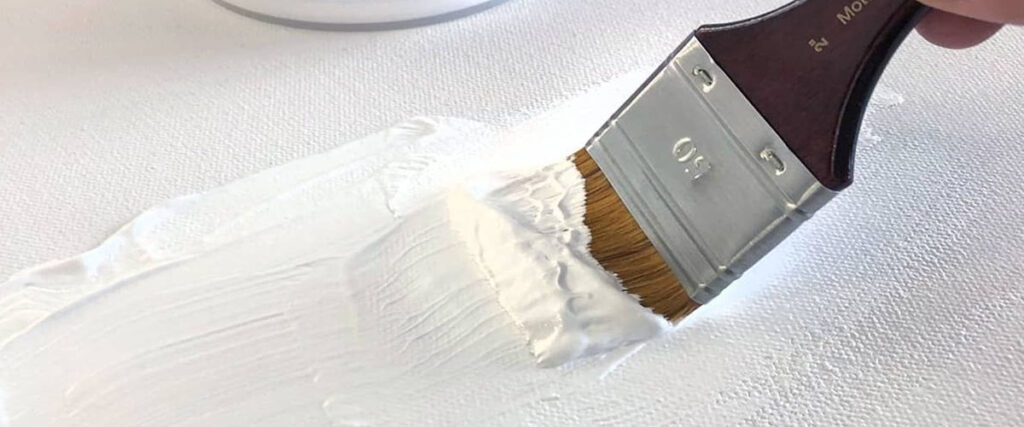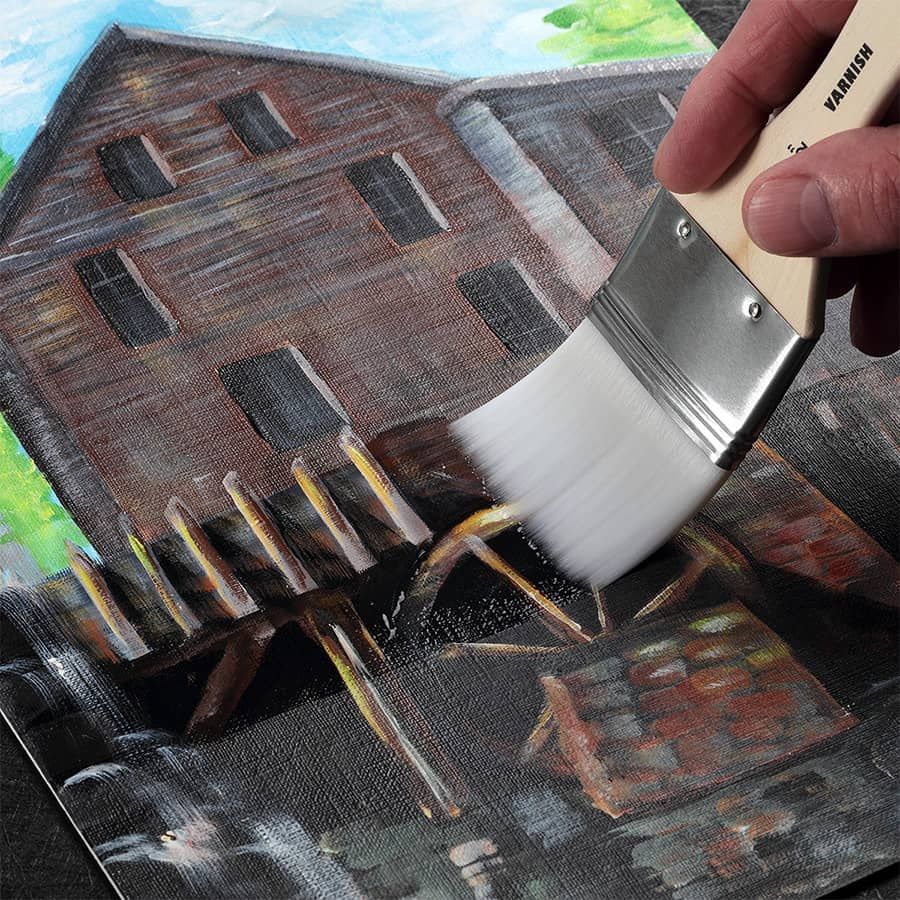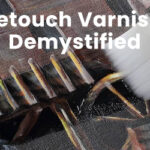How To Gesso A Canvas or Board for Painting
How to prime your own canvas and board for painting!
Have you ever found the perfect painting surface — be it canvas, paper, panel, board, or even a wall– but it is bare and unprimed?
Never fear! Gessoing a canvas or priming a board is an easy task to do yourself, and you wind up with your ideal painting surface with just a minimum of effort!

Supplies Needed To Gesso A Canvas or Board:
- Raw canvas, wood panel, heavyweight paper… whatever you’d like to paint on!
- Primer suited to your chosen painting medium: gesso for acrylics or oils, oil primer for oils or alkyds, pastel primer, absorbent gesso for watercolors… take your pick!
- A wide, soft-bristle primer brush
- A very small amount of patience!
Recommended Materials: Gesso and Primers
Gesso: Jerry’s World’s Greatest White Acrylic Artist Gesso Primer, New York Central® AcrylicGesso, GOLDEN Gesso, Liquitex Acrylic Gesso
Surfaces: Unprimed Canvas Rolls, Da Vinci Pro Birch Wood Painting Panels, Linen Canvas, Ampersand Value Series Unprimed Artist Panels
Tools: Gesso and Primers, Brushes For Gesso, FX Effects Spatcher Blades, Painter’s Edge Painting Knives
How To Prime a Canvas: 7 Steps to Follow

- Step 1: First, ensure your surface is clean and free from dirt or oils. A quick wipe with a paper towel or some rubbing alcohol should be more than enough.
- Step 2: Take the primer brush and dip it into the gesso – most primers are ready to use right out of the tub, and so long as you don’t drop stuff in it, you can use it straight from the packaging.
- Step 3: Apply the gesso in a thin, even coat to the surface, working all in one direction (say, all horizontal strokes, or all vertical ones).
- Step 4: Allow the first coat to dry. (This is where the patience comes in! If your gesso is acrylic, you can speed the drying time with a hair dryer.)
- Step 5: Lightly sand the dried gesso with regular sandpaper. This both smooths any ridges left by the brush, and allows for a slight “tooth” for good adhesion of following layers.
- Step 6: Apply a second layer of gesso, working the brush in the opposite direction from the first layer.
- Step 7: Allow to dry again, sand again, and repeat steps 3 through 5 as many times as you like!
You are ready to paint!
Ta-da! Once your final layer of gesso is dry and lightly sanded, you are ready to paint!
Many artists like to go through and prime a large number of canvases or boards at one time, to ensure there’s always the perfect surface ready whenever inspiration strikes.
Steps to apply gesso to canvas and the tools needed: Download PDF

Interested in reading more? Check out this post provided by Ampersand artist panels, on how to prime boards for painting.
Shop Brushes For Gessoing and Varnishing

Artist Joe diGiulio explains how to use some of our favorite primers: Check out his advice in the video below!
More Resources





